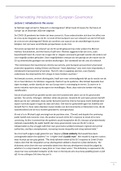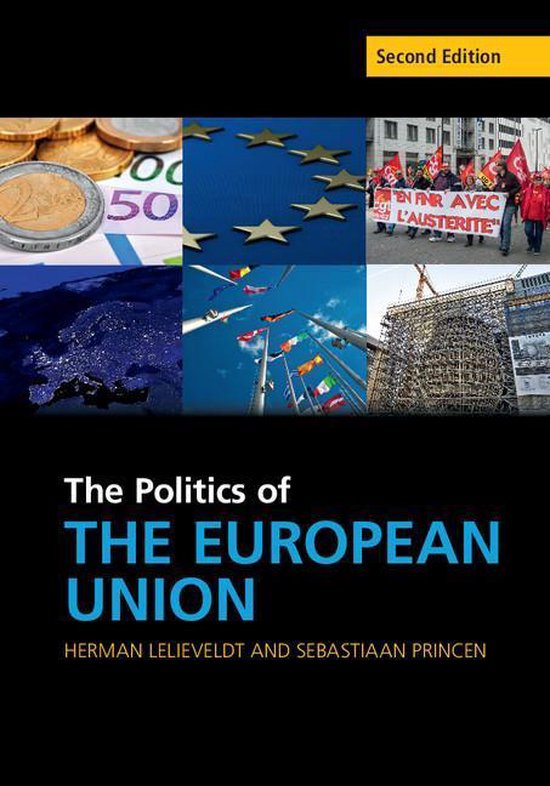Samenvatting
Complete samenvatting It European Governance
- Instelling
- Tilburg University (UVT)
Samenvatting van het hele boek (Politics of the European Union, geschreven door Lelieveldt en Princen) inclusief aanvullingen vanuit de colleges van Martijn Groenleer. Met deze samenvatting kan je niet falen! Heel veel succes! (Geschreven in simpel Engels en waar nodig in het Nederlands geparafras...
[Meer zien]





